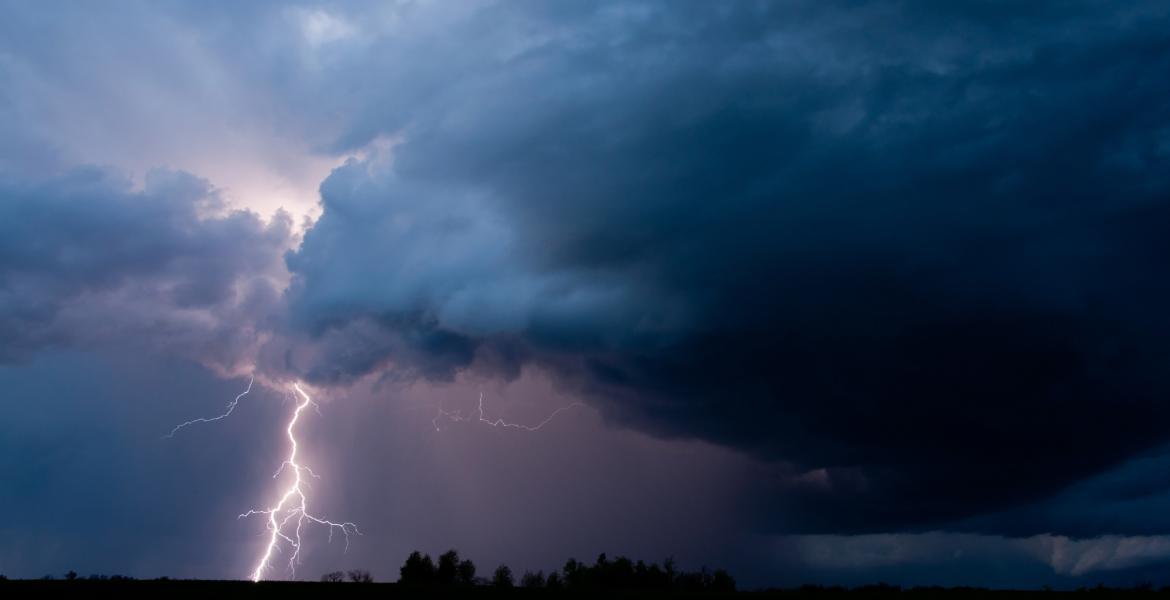AUSTIN –Texas Parks and Wildlife Commission has directed Texas Parks and Wildlife Department (TPWD) Executive Director Carter Smith to establish by emergency rule two new chronic wasting disease (CWD) surveillance zones located primarily in Gillespie and Limestone counties. The two new surveillance zones will go into effect prior to the start of the general hunting season beginning Nov. 5.
TPWD developed the zones following the detection of CWD earlier this year in a deer breeding facility located in Gillespie County and a deer breeding facility located in Limestone County.
Surveillance zones cover areas where the presence of CWD could reasonably be expected and enhance efforts to monitor and contain disease spread. Surveillance zone rules require hunters who harvest mule deer or white-tailed deer within the zone to bring their animals to a TPWD check station within 48 hours of harvest. Hunters must check each animal harvested and receive a CWD receipt before taking any part of that animal, including meat or quartered parts, from the zone.
“Testing for CWD allows wildlife biologists and animal health officials to get a clearer picture of the prevalence and distribution of the disease in those areas,” said TPWD Wildlife Division Director John Silovsky. “Proactive monitoring improves the state’s response time to a CWD detection and can greatly reduce the risk of the disease spreading further to neighboring captive and free-ranging populations.”
The surveillance zone located primarily in northwest Gillespie County encompasses 117,282 acres and includes parts of Kimble and Mason counties.
TPWD will establish two check stations – one in the city park in Harper, and the other on the grounds of the community center in Doss – along with self-serve drop boxes.
The surveillance zone located primarily in northern Limestone County encompasses 118,687 acres and includes parts of two other counties – Navarro and Hill – allowing access to a processor in Hubbard and a check station in Coolidge.
Hunters can find maps of these and other zones, along with locations and hours of check stations and self-serve drop boxes, on the TPWD website.
First recognized in 1967 in captive mule deer in Colorado, CWD has since been documented in captive and/or free-ranging deer in 30 states and four Canadian provinces. To date, 409 captive or free-ranging cervids — including white-tailed deer, mule deer, red deer and elk — in 16 Texas counties have tested positive for CWD.
CWD is a fatal neurological disease affecting certain susceptible cervid species including white-tailed deer, mule deer, red deer, and elk. The disease is highly transmissible and can remain infectious on the landscape for several years. If left unmanaged, CWD can have long-term impacts on the native deer herd and local economies. Clinical signs may include progressive weight loss; incoordination; excessive thirst, salivation, or urination; loss of appetite; teeth grinding; abnormal head posture; and/or drooping ears. These signs may not become evident until years after animals first become infected. Therefore, testing remains the best available tool for detecting CWD at an early stage and containing it with appropriate management strategies.
TPWD encourages hunters outside established surveillance and containment zones to voluntarily submit their harvest for testing at a check station, for free, before heading home from the field. Hunters who harvest a CWD-susceptible species outside a CWD zone and wish to have the animal tested should contact their local TPWD wildlife biologist. If someone is interested in becoming a certified CWD sample collector, they should contact their local TPWD wildlife biologist or regional Texas Animal Health Commission (TAHC) Region Office.
To date, the risk of CWD transmitting to humans appears to be low; however, as a precaution, public health authorities recommend not consuming meat from infected animals.
For more information about CWD, visit the TPWD web site or the TAHC web site.
Subscribe to the LIVE! Daily
Required






Post a comment to this article here: